
Nowadays, all sorts of pictures in anime style all over the Internet, and not all of them can really be shown to children and teenagers. But, in addition to this cheap vulgarity, which is now drawn by anyone who does not lazy, in Japan for more than a century existed shunga - pictures of quite frivolous content, drawn by real artists, including such masters as Katsushika Hokusai. And they were very expensive, intended for newlyweds and at their core were recognized not so much to teach the art of love, but to protect them and the future child. We will talk about the forbidden pictures of shunga in this article.
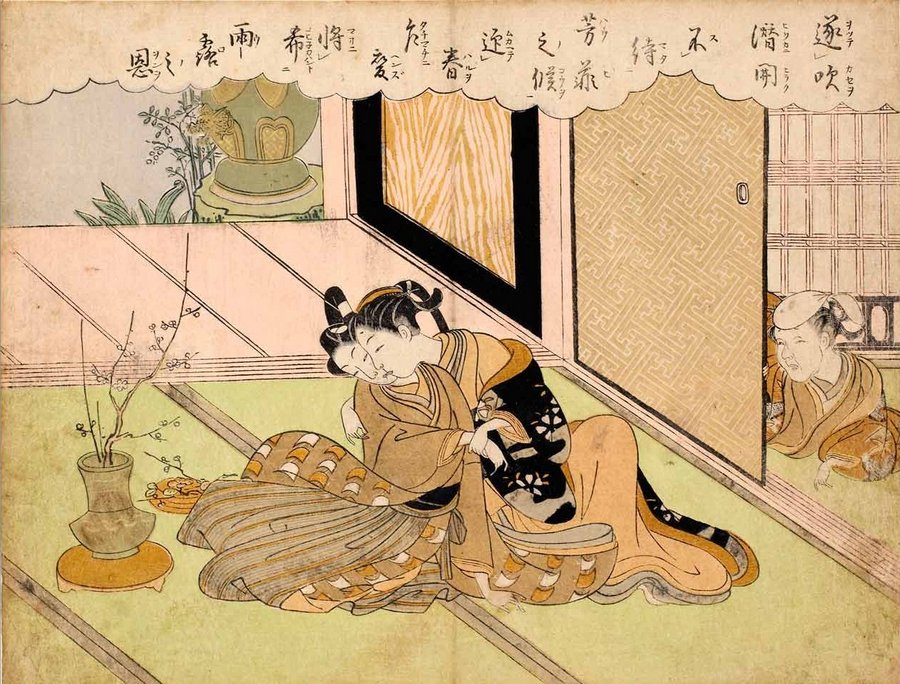
Suzuki Harunobu. Peeping
Most Europeans became familiar with Japanese art, including shunga, only in the 19th century. Before that, Japan was a very closed country, outsiders were treated with suspicion and contempt, and the few Europeans who sailed there usually settled in isolated groups, coming into contact with the locals only out of necessity, usually on trade and diplomatic business. Some enthusiasts, of course, became acquainted with and admired the local culture, but no serious cultural exchange took place.
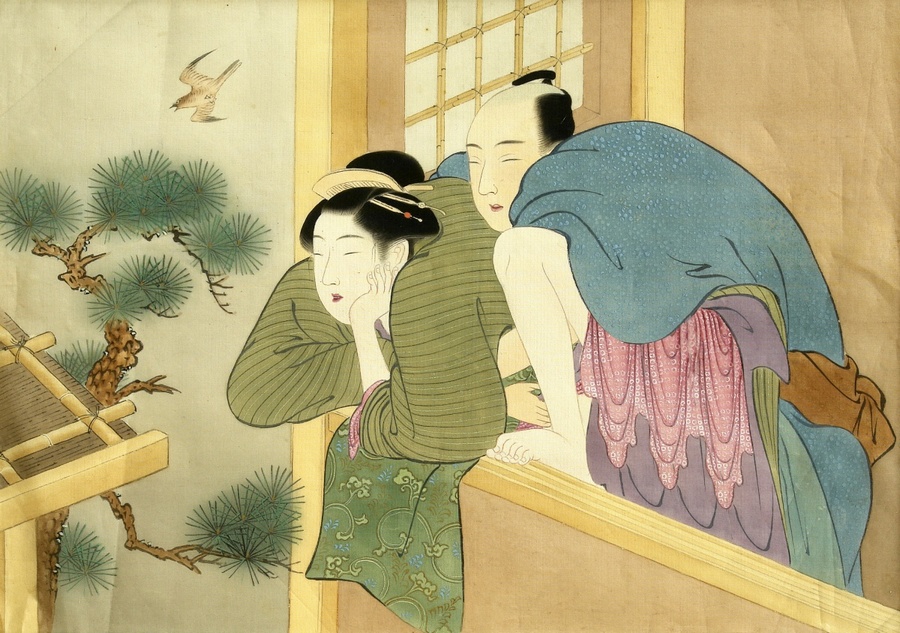
In Japanese, shunga means “spring pictures”. The Japanese in general are fans of beautiful poetic names, even their houses of tolerance are called plum world, although the things that happened there, especially in the last century, were infinitely far from any sublime poetry. Although the analogies are simple - spring, the awakening of nature and the desire to start a new cycle of life, to have children, and this process is directly related to sensual pleasures. Shunga became especially popular in the Edo period (1603-1868), although they were painted even before that time - the history of shunga is about 12 centuries.
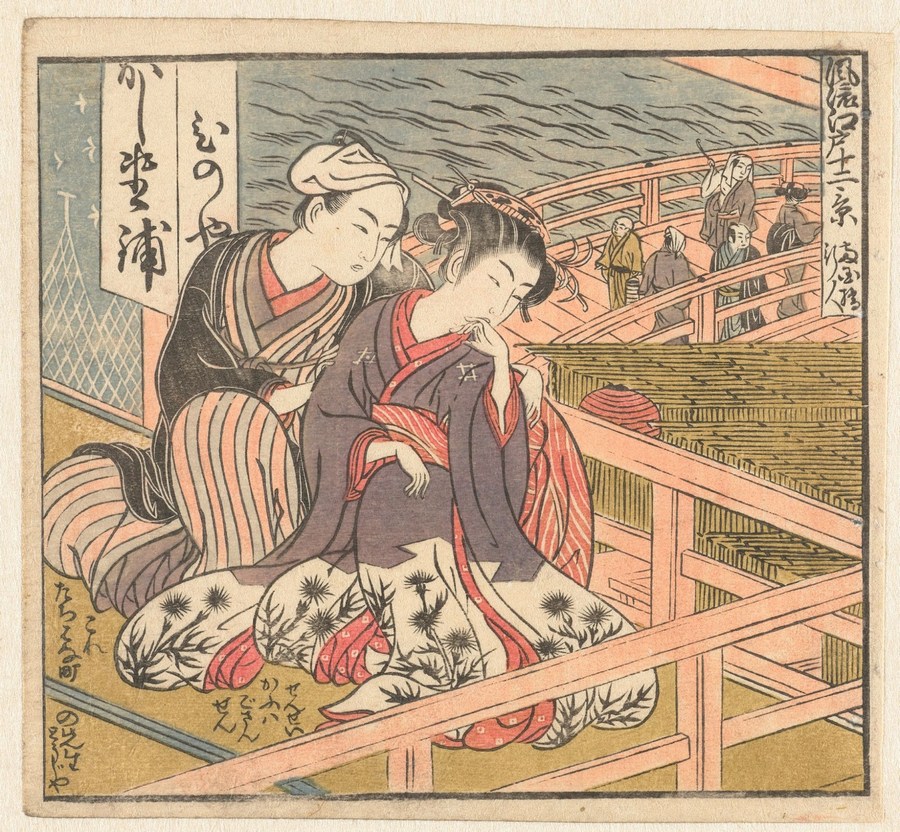
Japanese shunga
It is true that the Japanese did not invent the shunga themselves. These pictures came from China, and they were based on illustrations from all sorts of medical treatises. But by the IX century they were transformed into art for newlyweds - they married early, and the younger generation should be taught, including with the help of such visual aids. Gradually, the artistic basis began to prevail, the Japanese in general, any matter seek to bring to perfection, and shunga were no exception. It is about the beauty of love, not technique, sublime eroticism, not pornography.

Ando Hiroshige. From the album Snow, moon, flowers. Friends of the four seasons
The shunga were different, though. In the beginning, they were a set of hand-drawn pictures bound together in a small booklet. They were very expensive, and only very rich people could buy them, so the requirements to the quality of execution and content were quite high. But with the spread of engravings shunga became more widespread and diverse, included not only sublime love moments, but also frankly vulgar scenes. In general, for every lover and connoisseur there is a content - if to give modern analogies. By the way, shunga spread and houses of tolerance - it was believed that they cause a desire to visit them, that is, acted as a kind of advertising.
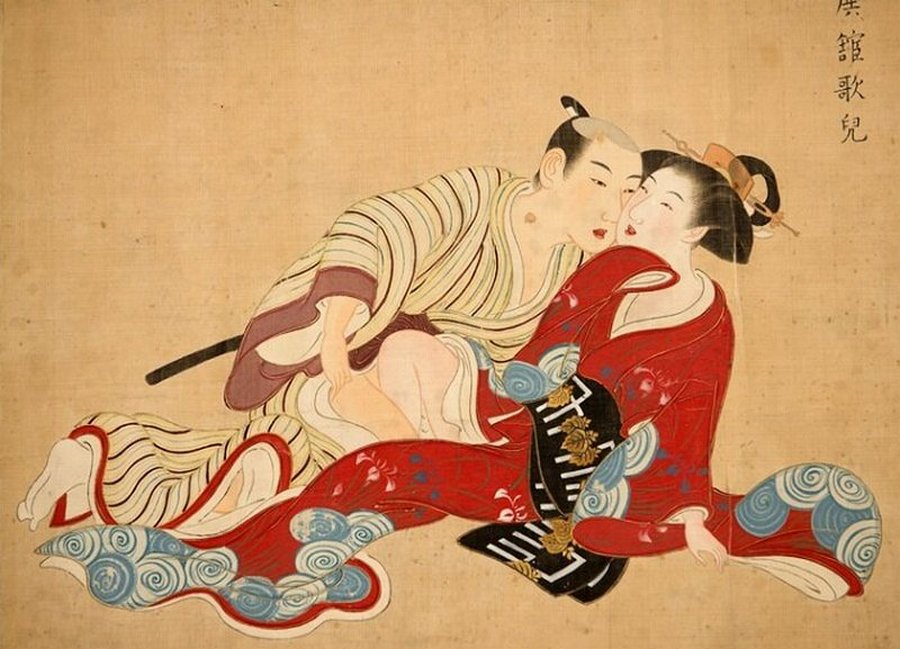
Japanese shunga
And this all was discovered in the XIX century by conservative and prim Europeans, and at first they were frankly dumbfounded. In Japan at that time, “decent” ukiyo-e prints were very popular, depicting all kinds of nature, exquisite geishas in elegant kimonos, mighty sumo wrestlers, and natural phenomena, such as the famous “Great Wave in Kanagawa” by Katsushiki Hokusai.
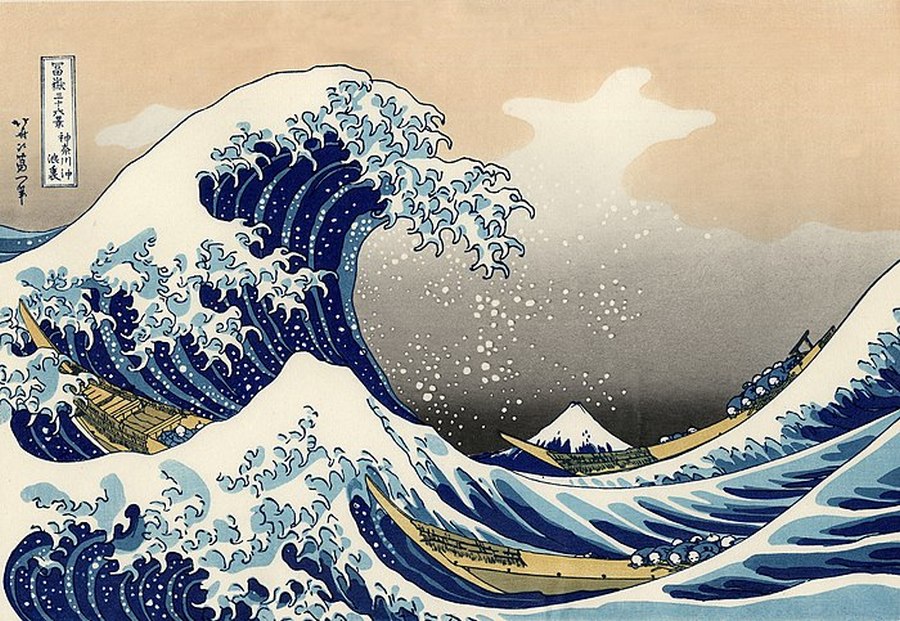
Katsushika Hokusai. The Great Wave in Kanagawa
All these prints were sincerely admired by Europeans, interest in the culture of the Land of the Rising Sun was very great, and these works became a source of inspiration for many European artists and illustrators.
But shunga are a different matter. The Japanese did not advertise them, they were part of intimate life, so they were not on display. However, the Japanese had a different attitude to love and sensual pleasures than the Europeans. According to their concept there were two original deities - Izanagi and Izanami, and from their love everything existed, so there is nothing shameful in love pleasures, they are just a part of life like eating or sleeping, and are necessary for good health.
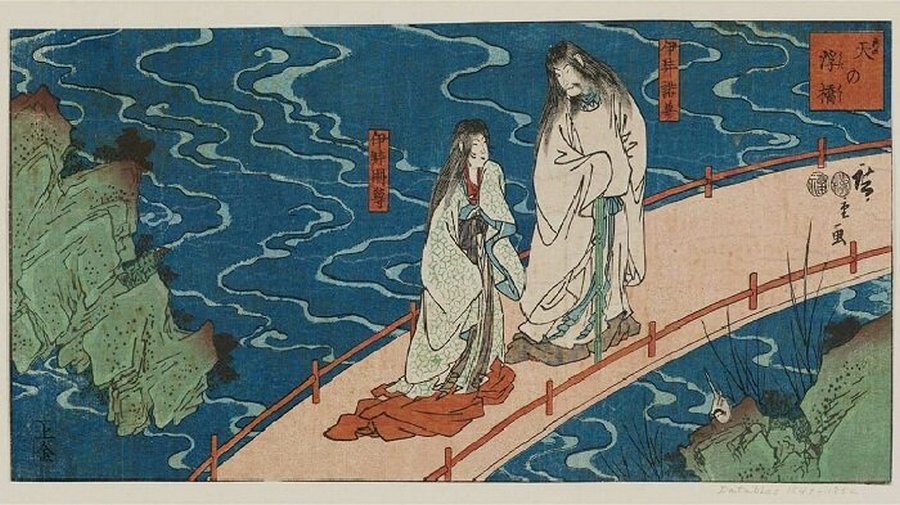
Izanagi and Izanami. Japanese print
The Japanese, if their feelings cooled down, parted handsomely and looked for new partners, polygamy was in vogue there, and to live all one's life with the unloved, which was the order of things in enlightened Europe, was considered by them to be a great folly.
Usually lovers on shunga are drawn dressed - rich clothes emphasized their status, but the poses were very diverse and often unattainable in reality. Rather, it is the art of love, which should be pursued throughout life, which generally reflects the psychology of the Japanese themselves.
Japanese shunga
Gradually, shunga began to spread among European collectors, began to be kept in museums and sold at auctions for large sums of money. Thus, medieval vulgar “spring pictures” were equated with real art.
Buy handmade goods or modern art you can on artAlebrio - is an international marketplace for people who want to create, sell, buy and collect unique items and art - buy the best with us artAlebrio.com.
By confirming your order you unconditionally accept these General Conditions of Sale